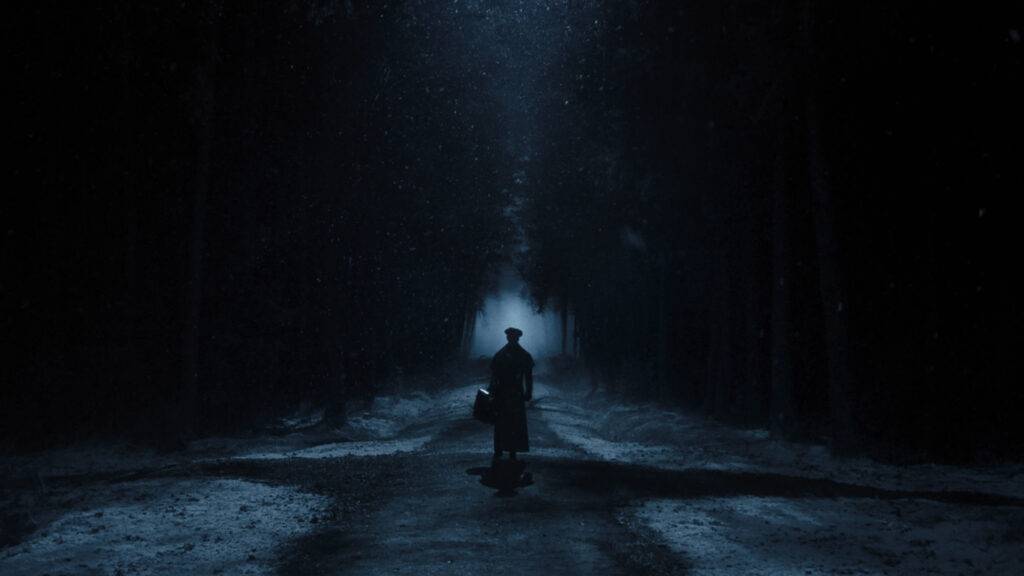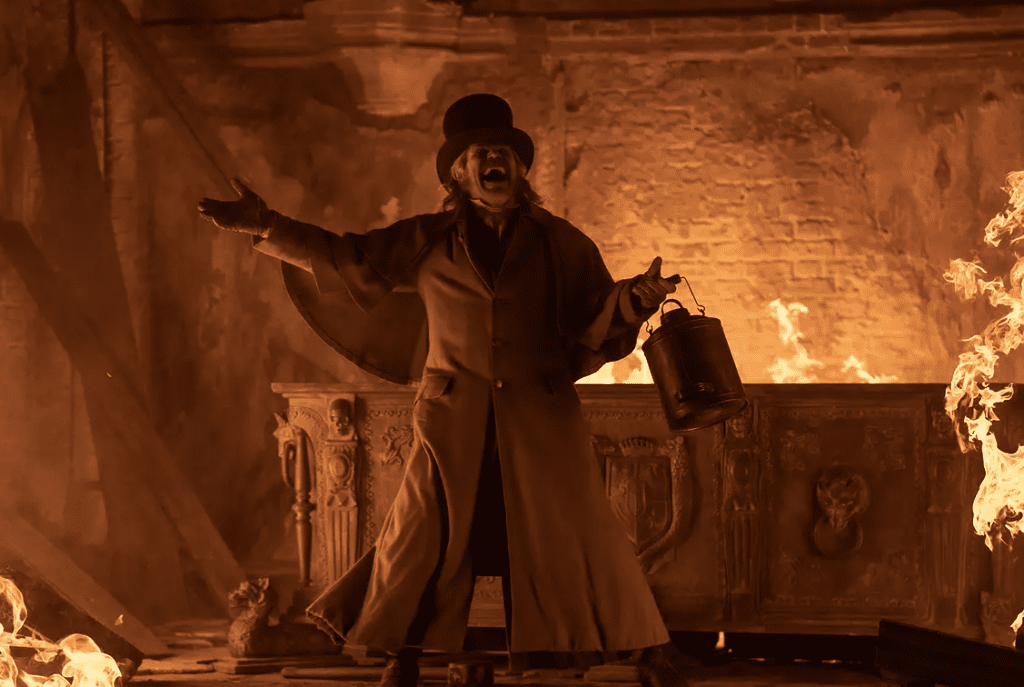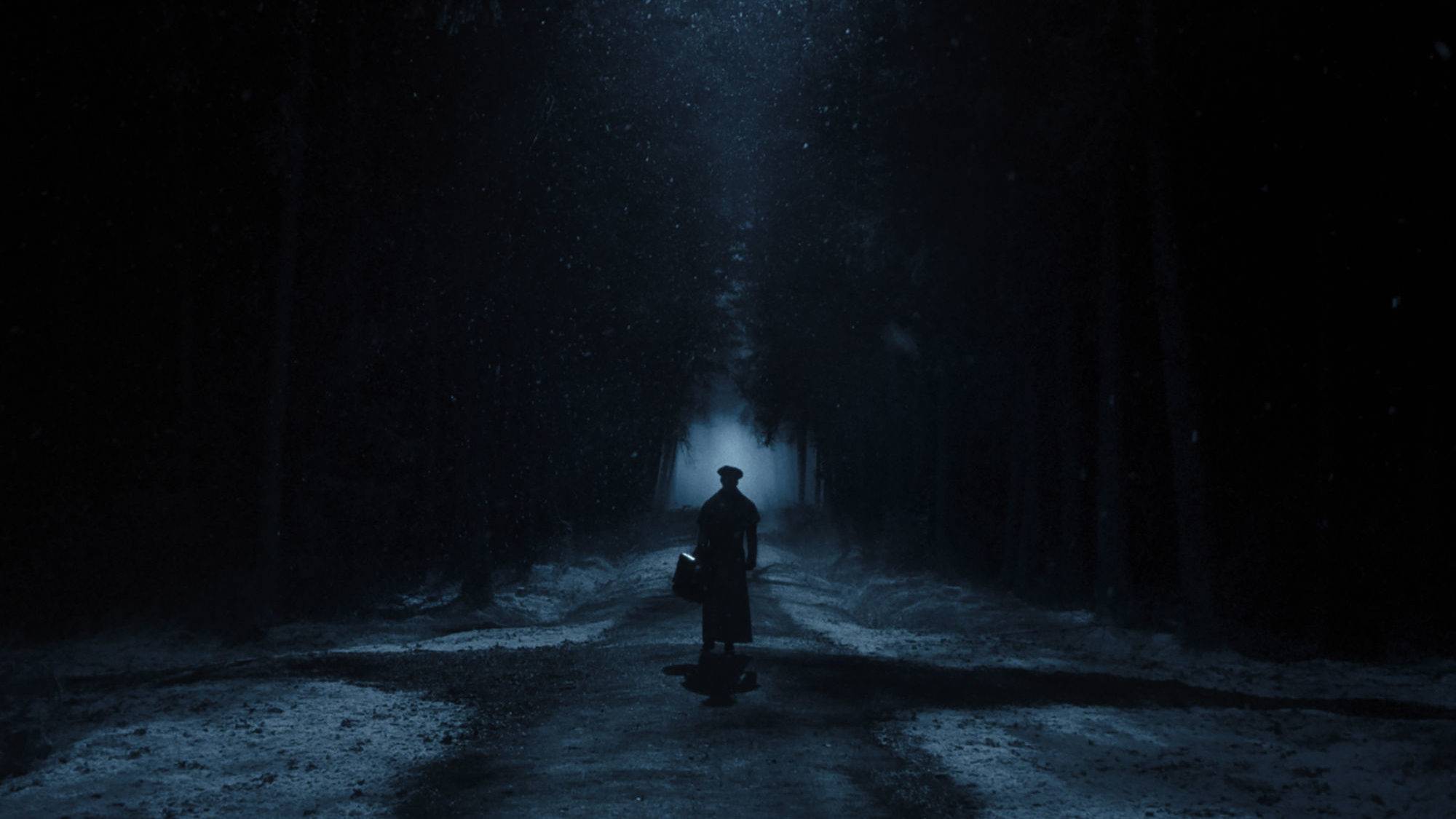Nosferatu Film Review: Another Eggers Gem
Nosferatu Film Review | Adam Manery | At this point, I might be convinced that Robert Eggers can do no wrong.
Nosferatu is the latest film from director Robert Eggers, and it’s been a long time coming. Eggers’ enduring fascination with vampires, which began in childhood, is well-documented. He used to dress up as Dracula for Halloween, and he did his best to get his hands on every vampire movie available on VHS while he was growing up. As an adult, he actually wrote a novella as a building block to this particular screenplay, and while he doesn’t have any plans to ever release it to the public (he claims it is very poorly written), it’s undeniable that Eggers has been thinking about and working on this project for quite some time.
From a production standpoint, it’s been on the verge of being greenlit several times over the past decade, before being shelved for a variety of reasons—until now. As most are aware, this 2024 Nosferatu film is a take on the 1922 silent classic, which itself was based on Bram Stoker’s Dracula. There isn’t anyone working right now in this modern era that I would trust more than Eggers to bring the story to life, and he did so brilliantly.

Credit: Courtesy of Focus Features / © 2024 FOCUS FEATURES LLC
One thing that I particularly respect about Eggers and his work is his love, appreciation, and deeply nuanced understanding of folklore and mythology. Eggers approaches his work with an almost reverential commitment to historical and cultural authenticity, grounding his narratives in meticulously researched contexts. He brings this background and contextual awareness to all of his productions in terms of costuming, set design, and makeup. These technical elements—the accuracy of which is sacrificed in many productions—are given great attention to detail here. From the Romani people to the class hierarchy in 19th-century Germany, Eggers is someone who believes in an almost religious study of the time and the stories that ultimately form the foundation of his work.
This meticulous attention to detail is equally evident in the film’s cinematography. His films are clearly and intentionally stylized, but this is never at the expense of the story; instead, it contributes to the narrative. In The Lighthouse, we see the use of aspect ratio and lighting to portray a claustrophobic sense of despair, and in The Northman, we have very long takes and textured backdrops that contribute to a feeling of a never-ending fight. In Nosferatu, he employs light and shadow to construct a symbolic exploration of “otherness,” juxtaposing the realms of science and spirituality. It is not solely Eggers but also Jarin Blaschke, his longtime collaborator and cinematographer for The Witch and The Lighthouse, who merits recognition for this achievement.
In Nosferatu, there’s also a deep collaboration with his editor, Louise Ford. Ford’s role as editor is pivotal in crafting transitions that are both seamless and deliberate, ensuring narrative cohesion throughout the film. We move from shot to shot with such clear intention; Eggers frequently transitions from one to another through the use of shadow or light, zooming into shadow and then transitioning to another scene emerging from that shadow. The film was storyboarded in such a way as to ensure that this movement is cohesive. As a result of this pre-planning, it’s fair to suggest that there was likely a lack of extra coverage in each take, with only one way to truly and effectively cut from shot to shot—sadly no longer the norm in modern filmmaking, particularly in bigger-budget productions where directors shoot everything and then figure out the story in post-production.
When you think about the level of blocking and coordination required for so many scenes, the result becomes increasingly impressive. We have characters with perfectly split shadows on their faces—one half almost entirely in shadow and the other half perfectly exposed. A single step in any direction would cast this split into disarray, which again highlights the level of intentionality on a shot-to-shot basis. The camera assumes an almost sentient quality, gliding effortlessly through the space. Its fluid movements—hovering above characters or weaving among them—imbue the film with a sense of ethereal omnipotence.

Not only is the camera work exemplary, but the majority of the performances are brilliant as well. Nicholas Hoult, as the husband of Ellen, does a great job balancing the fear he feels with the duty he has to protect the ones he loves. Aaron Taylor-Johnson shows a natural skepticism about mythology and demons, while also showcasing a character so firmly rooted in class-based values. We have Willem Dafoe excelling in portraying the fanatical genius that has become a hallmark of his career. His work here is very strong, in line with what he did in Poor Things with Yorgos Lanthimos.
Of course, Bill Skarsgård as Count Orlok (prosthetic penis and all) is something the internet has been covering intensely. Portrayals of Orlok or Dracula inherently require some suspension of disbelief, but if you can accept what you see on screen as reality, Skarsgård’s performance becomes one of the best of the year. His resonant, otherworldly voice, coupled with exquisite makeup and costuming, yields a portrayal of Count Orlok/Dracula destined to endure as iconic.
Ultimately, though, the standout performance here is Lily-Rose Depp, in one of the most underappreciated performances of the year. There is one scene in particular, during a possession sequence, where she held me in such captivity that I physically could not look away. She’s given more weight in this film versus some other actors, in the sense that she switches between different versions of herself at the drop of a dime, and she does so in a way that never makes you think she’s acting. Instead, you feel truly in the moment with her, as though she’s actually experiencing what’s happening.
All of this being said, it’s not a perfect film. It places allegory above more grounded emotion, and not all of the relationships between characters are perfectly believable. But that’s also okay. The sheer detail in the cinematography, costuming, set design, and performances make it worth the watch.
Full Written Reviews HERE




